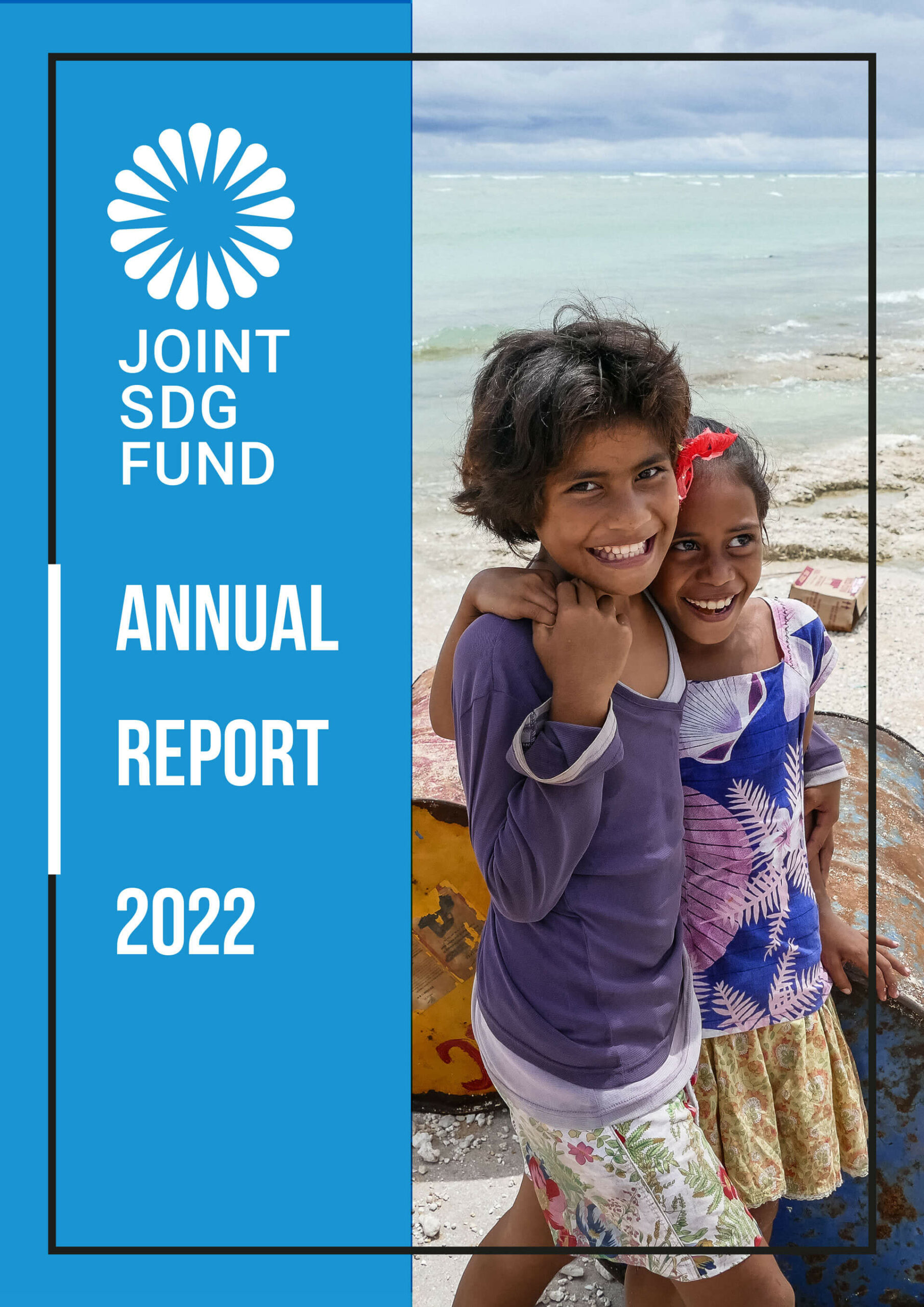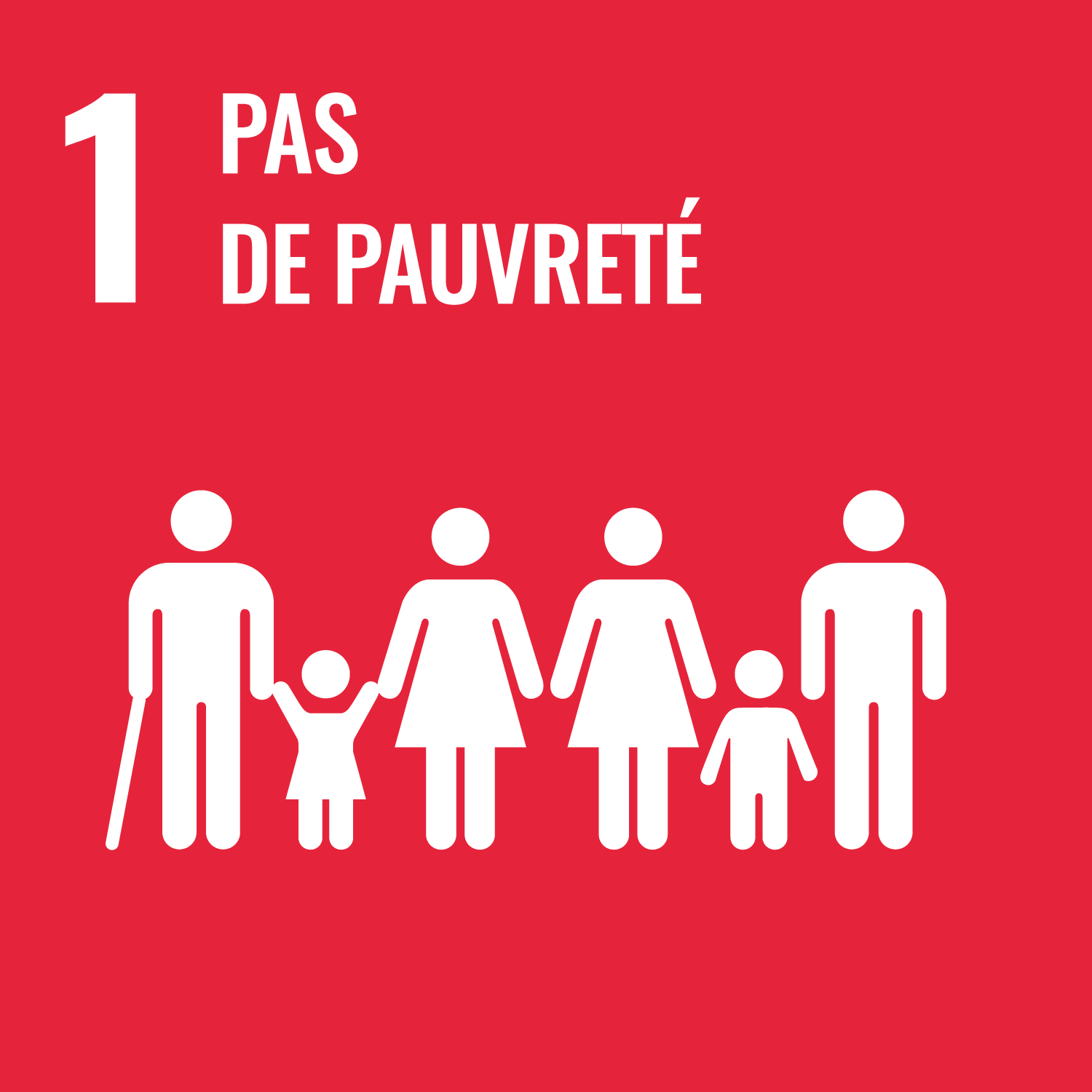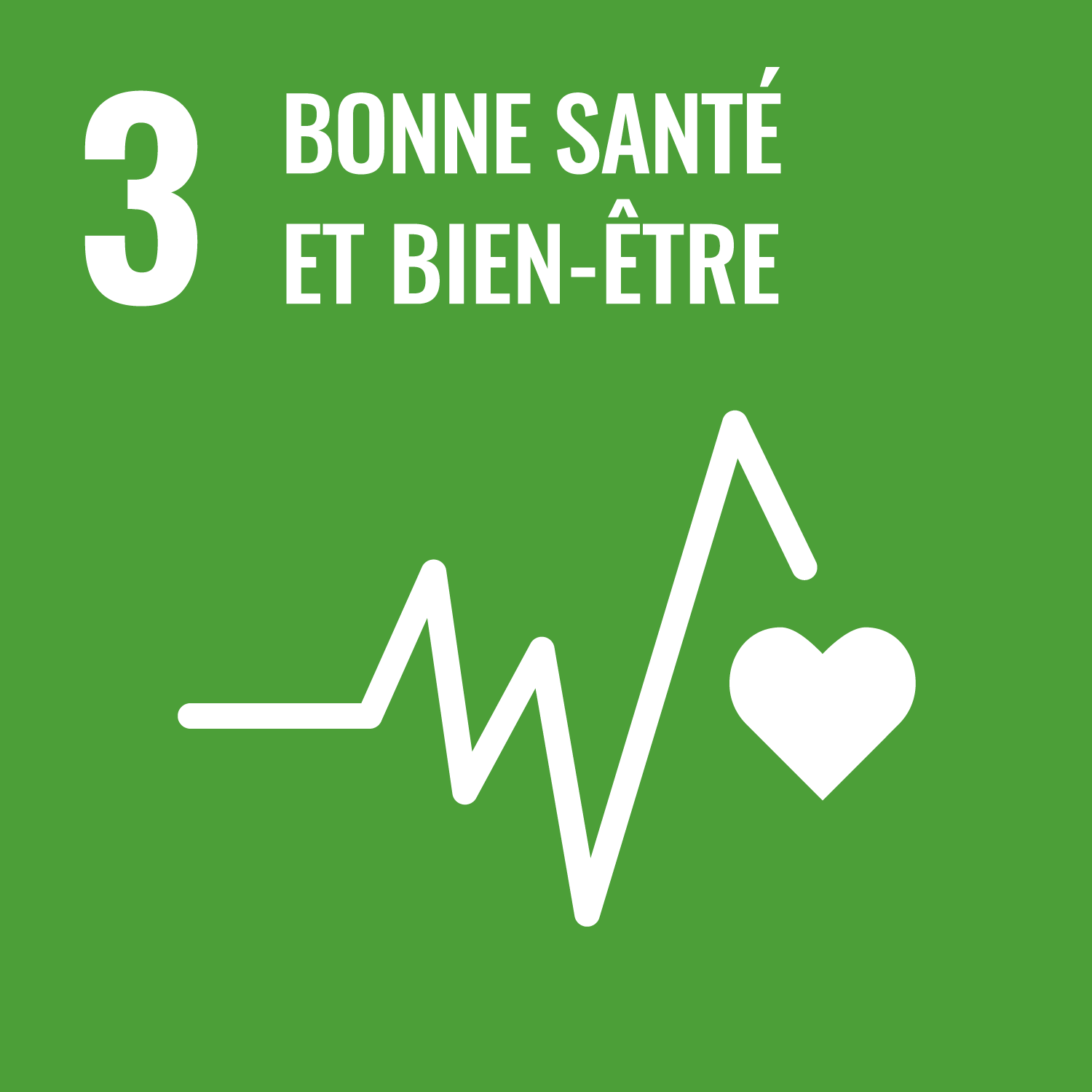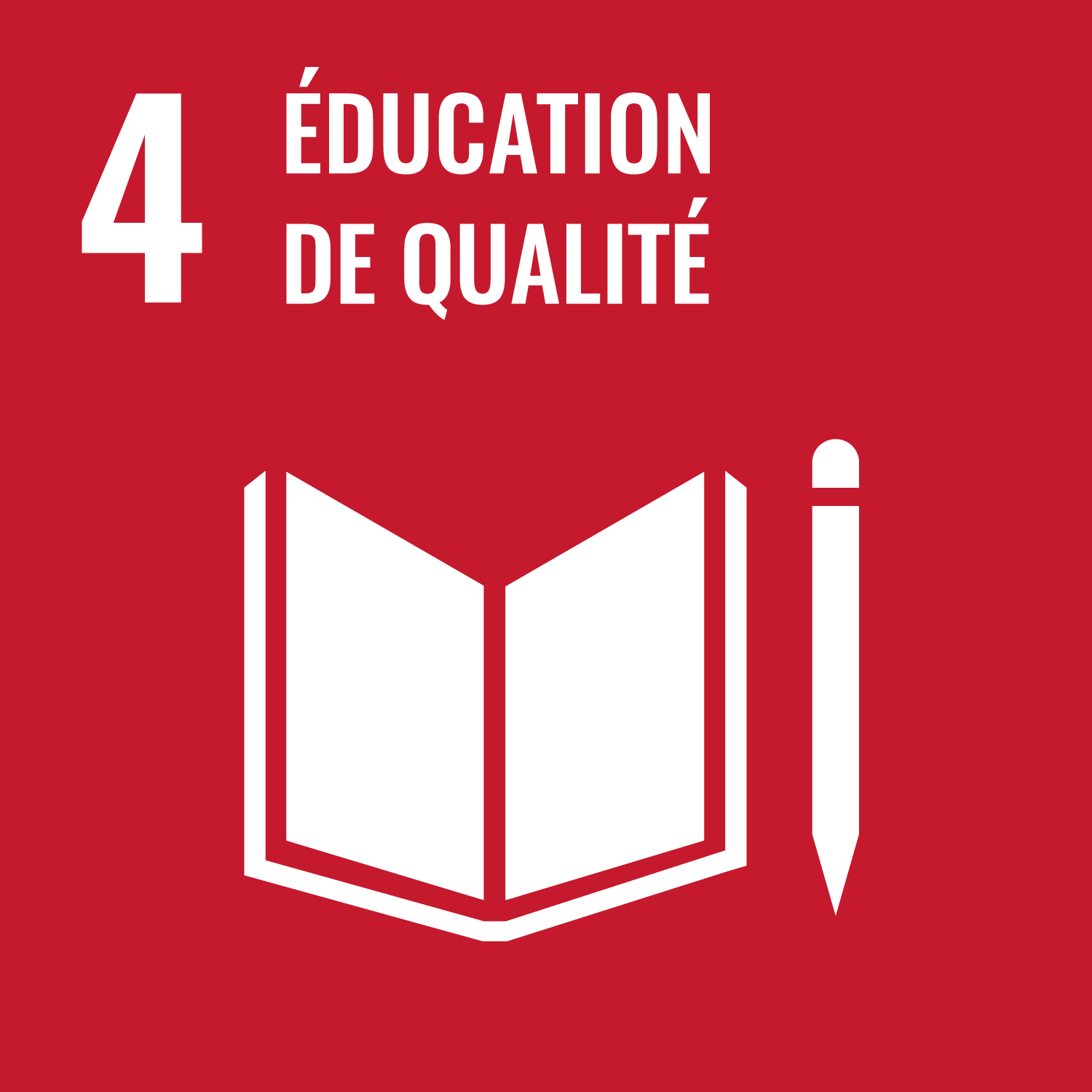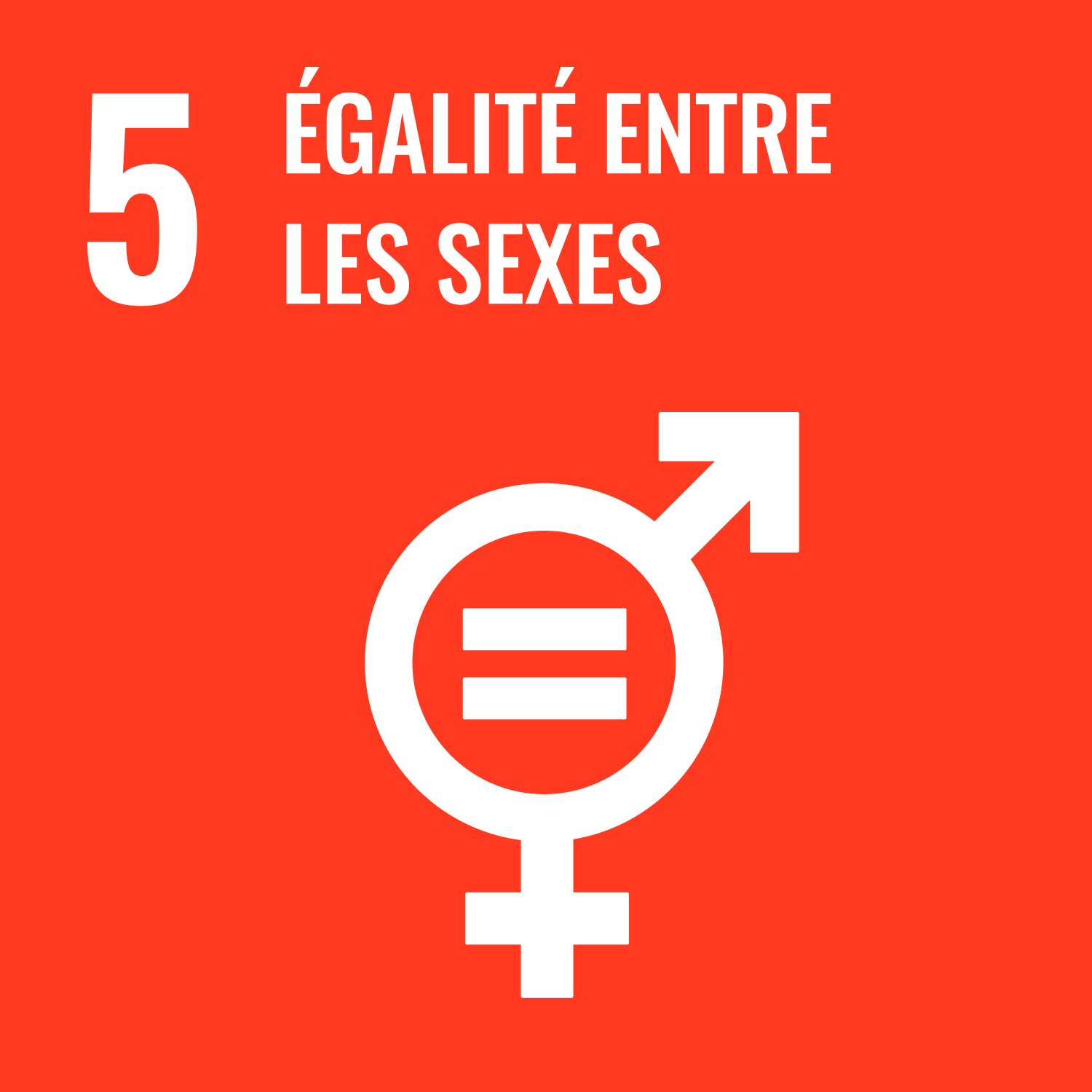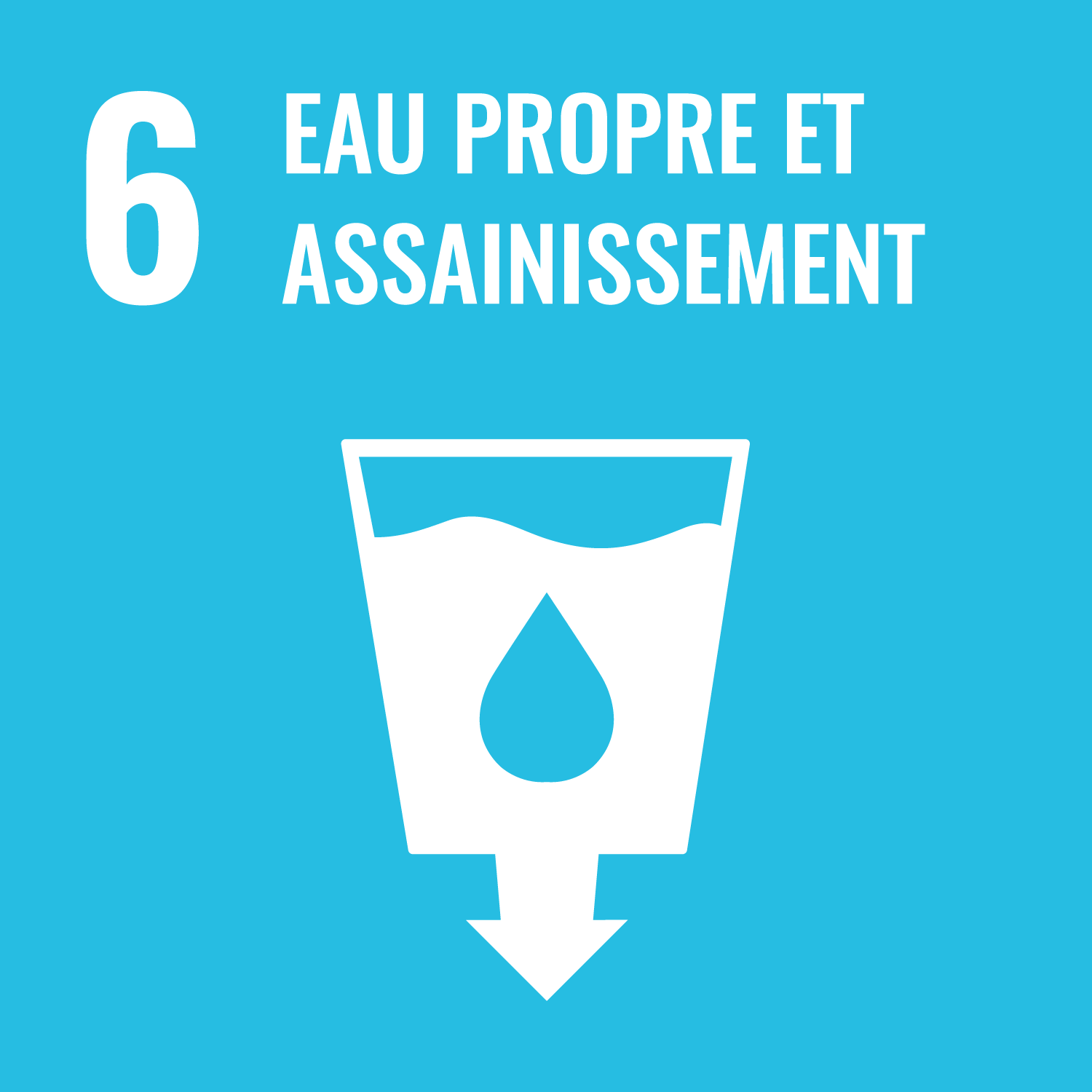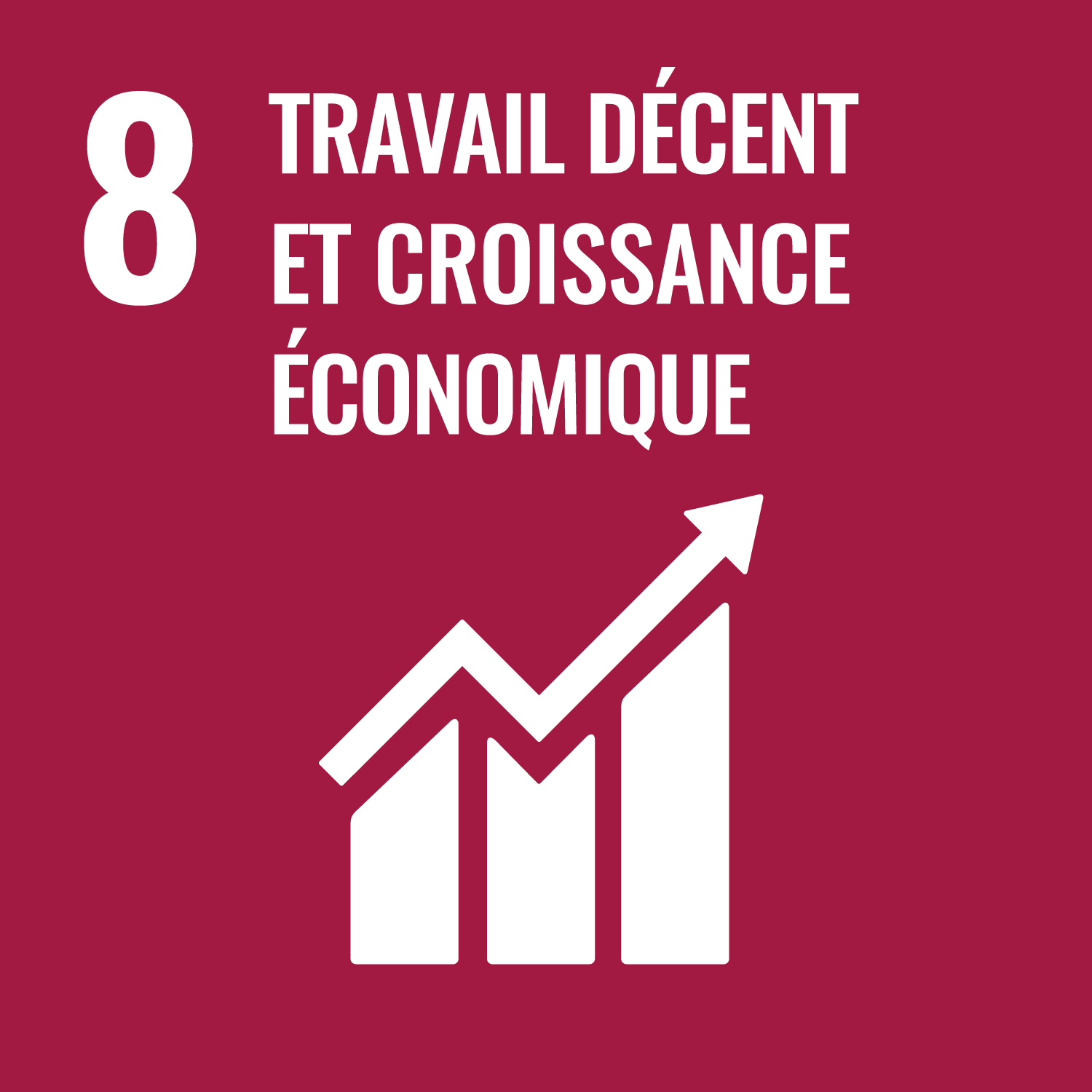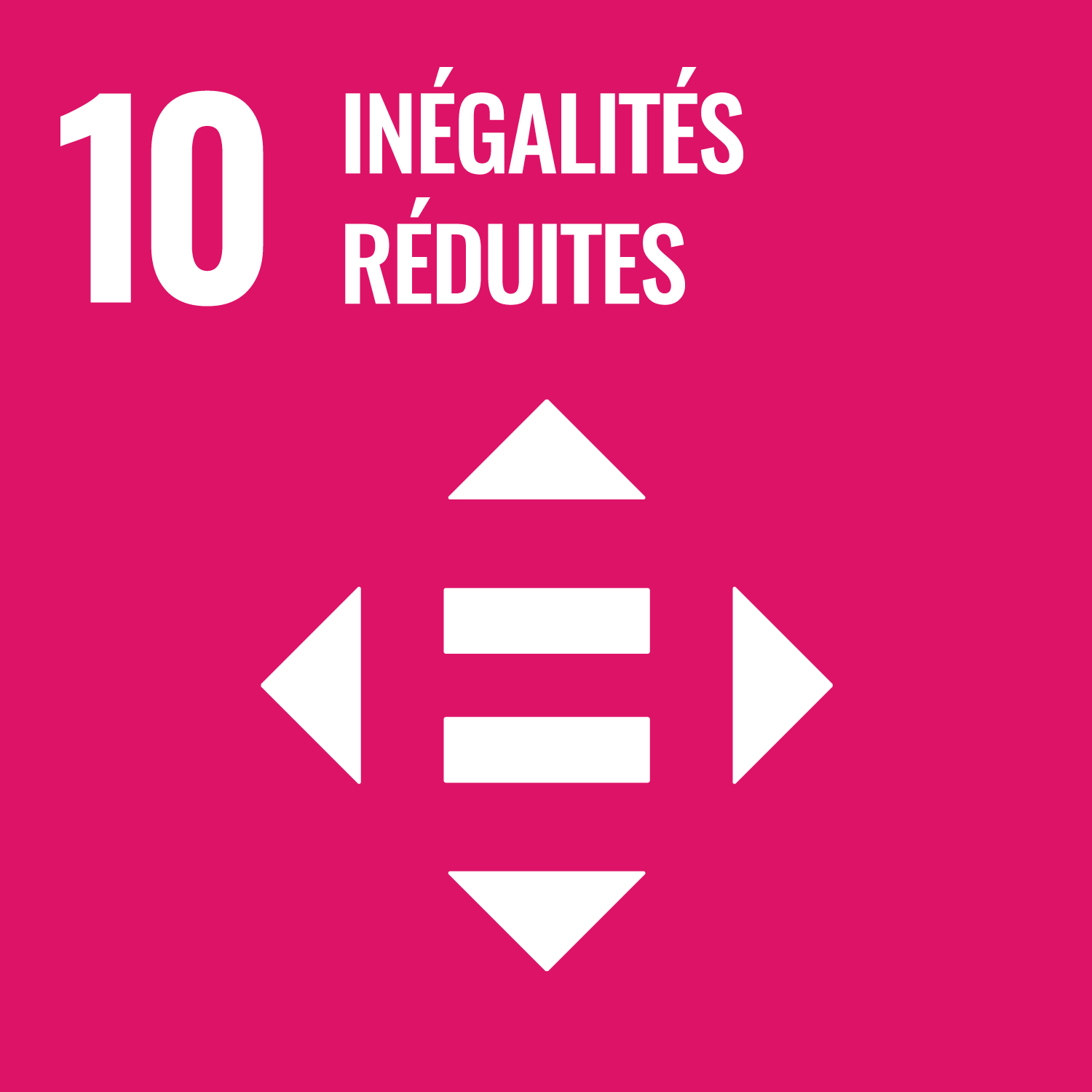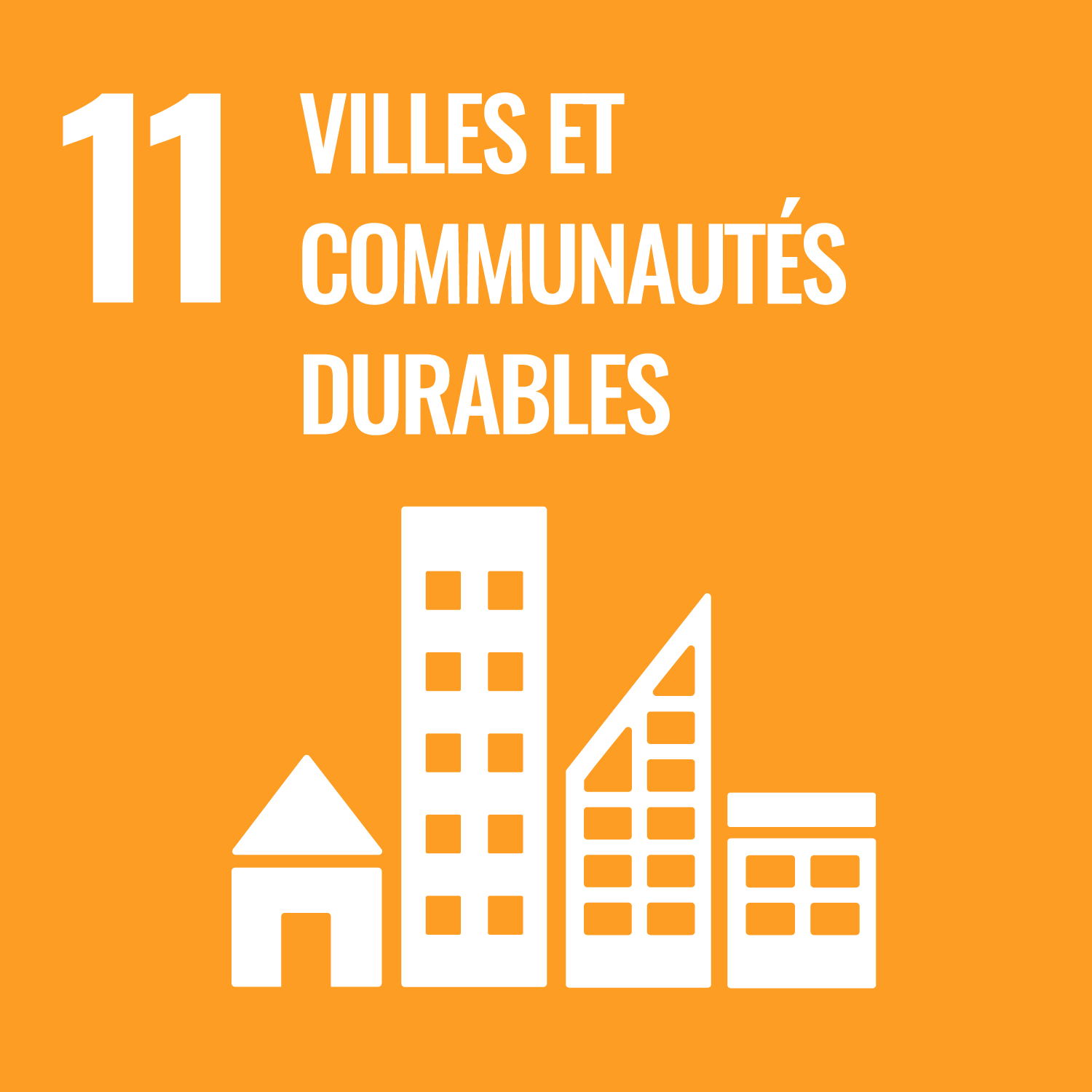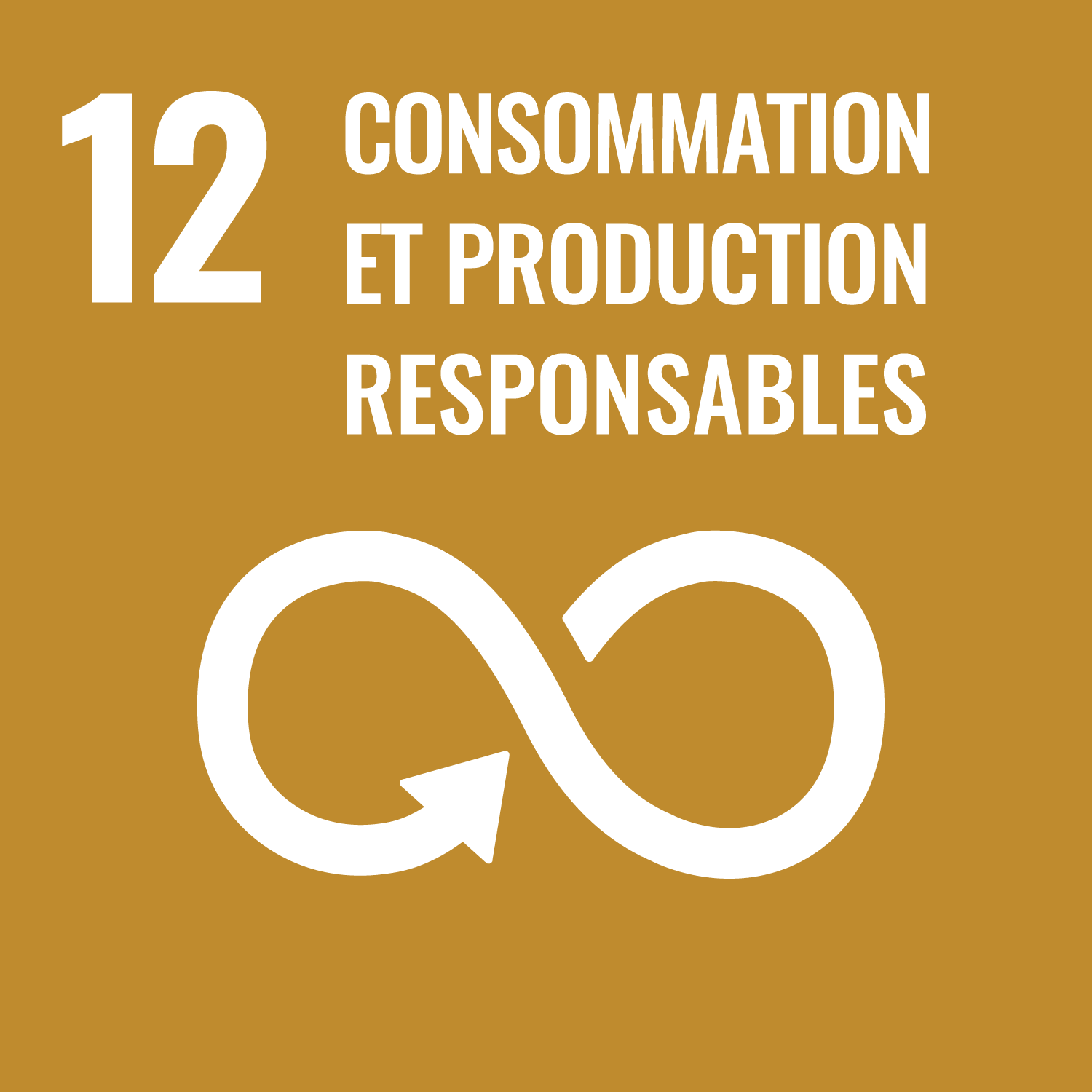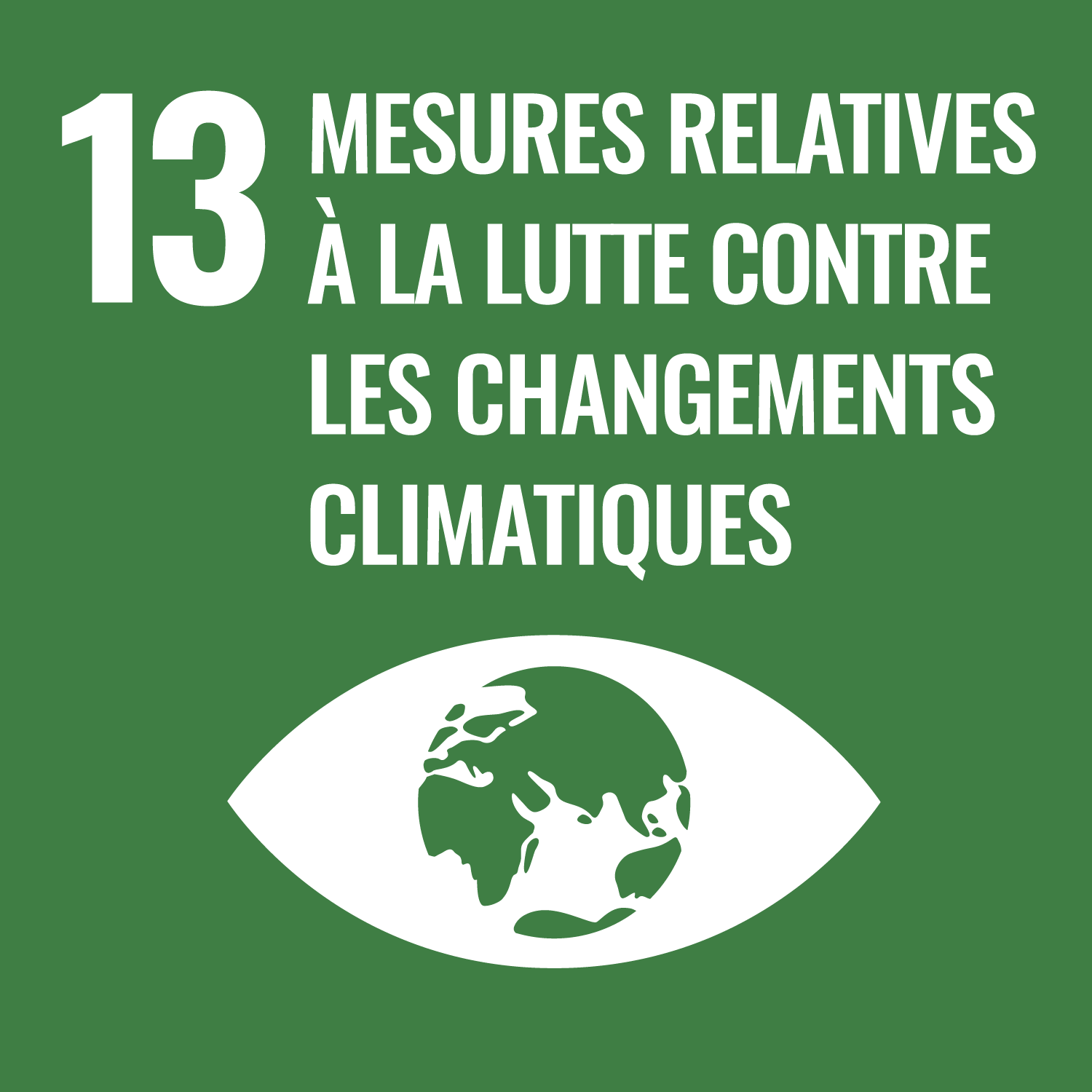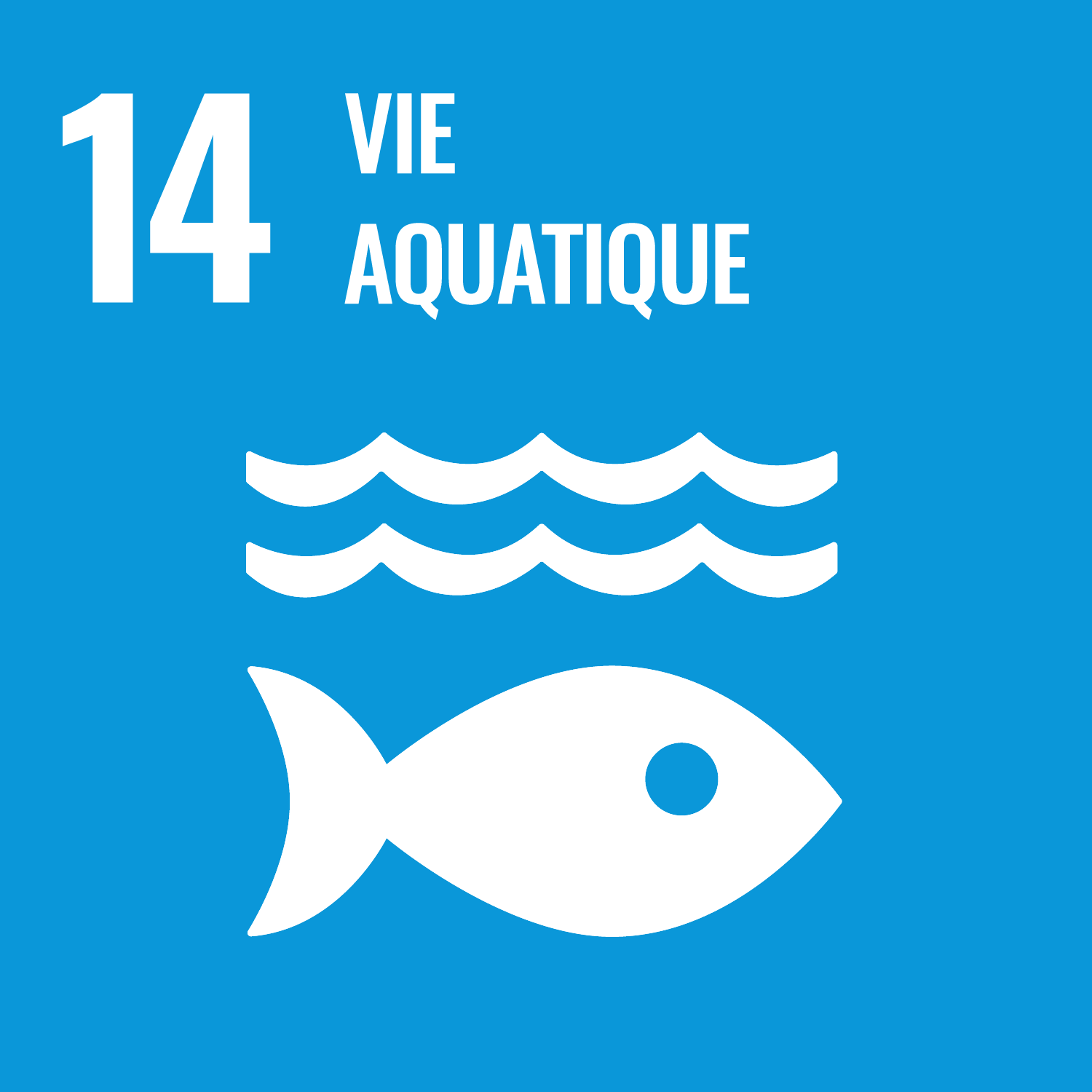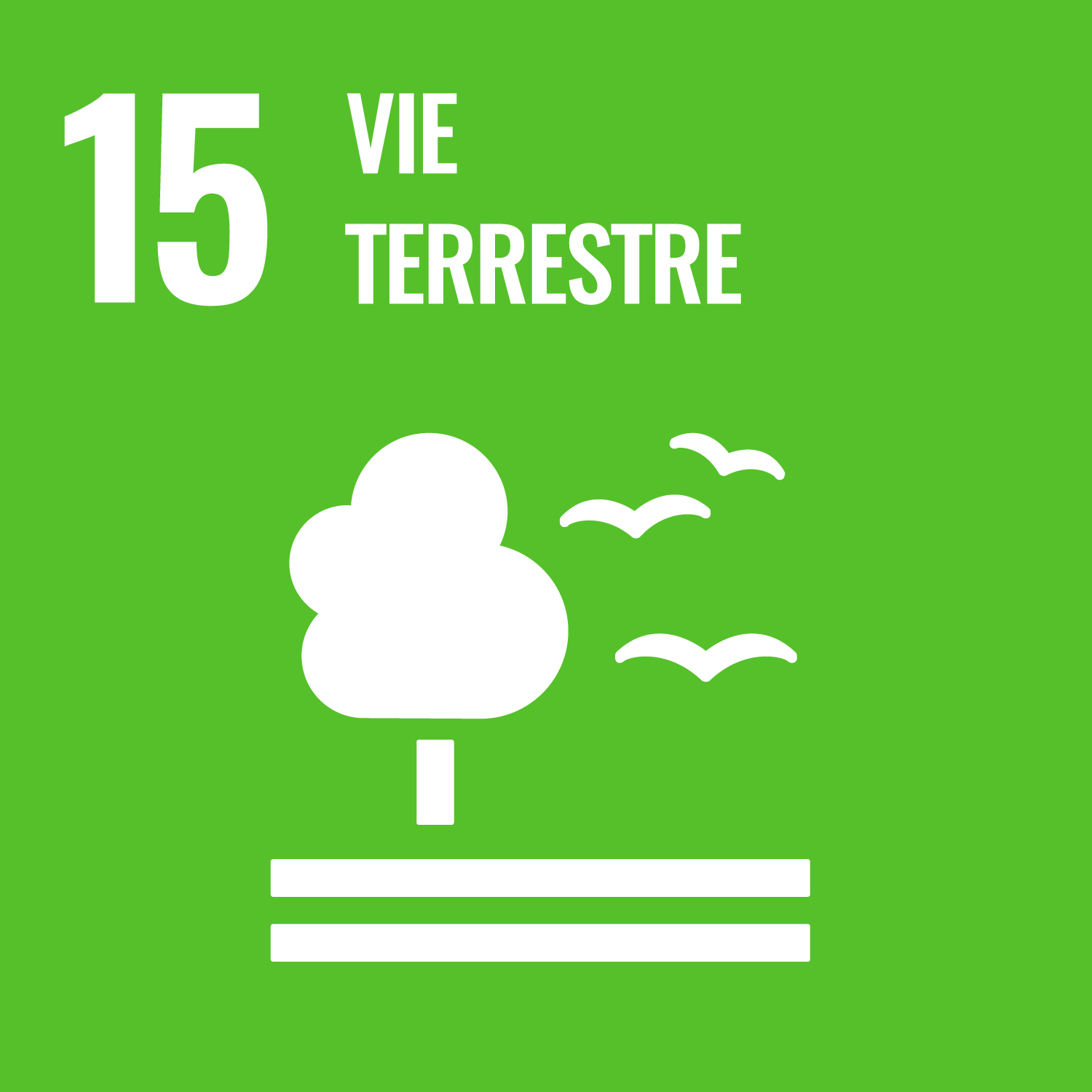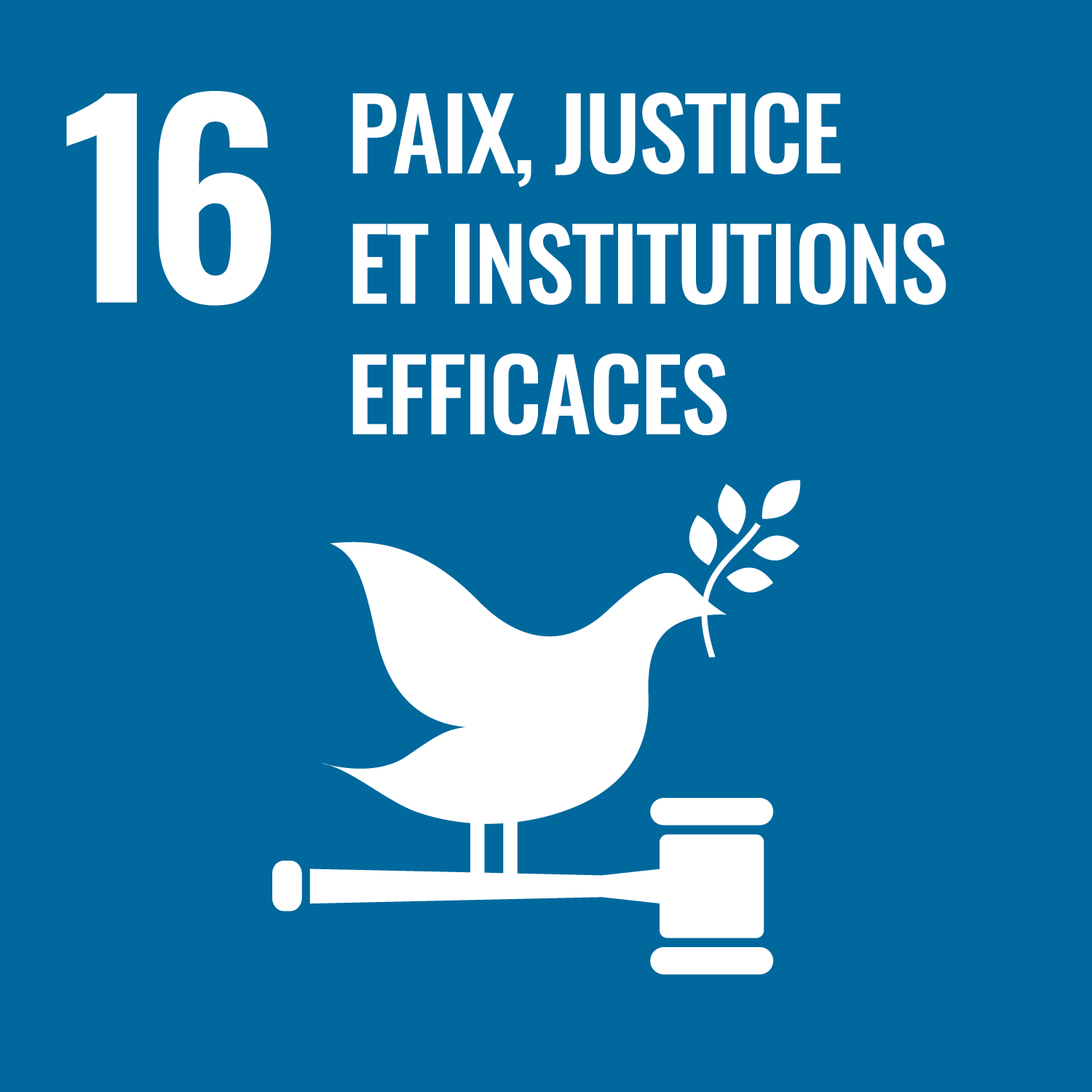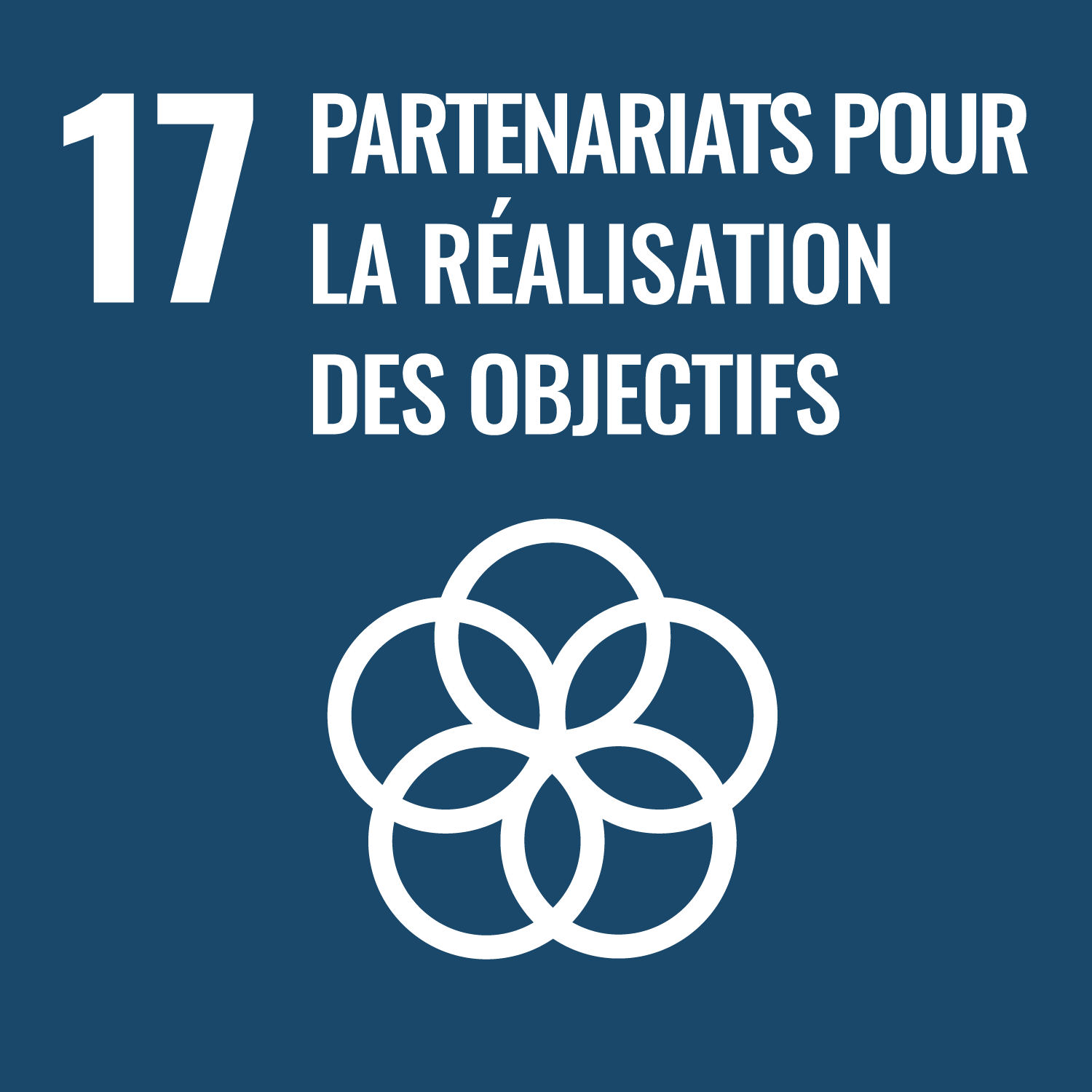The Joint SDG Fund activated its Development Emergency Modality in June 2022, upon guidance of the Executive Office of the UN Secretary-General and the Global Crisis Response Group on Food, Energy and Finance. To date, the Fund has provided $22 million to 85 UN country teams that were most exposed to the global knock-on effects of the conflict in Ukraine to support an immediate and cohesive UN response under the Resident Coordinators’ leadership at the country level.
In October 2022, the Fund has carried out a snap survey of the 85 joint programmes to monitor their progress and preparations to sustain the impact of the UN development system response. A summary of the key results of the survey is presented in the ‘Development Emergency Modality (DEM) dashboard’ linked below. This dashboard includes information on the Fund’s DEM programmatic funding, key progress, and partners as well as interactive visualizations that allow you to explore the data and gain insights into the effectiveness of our efforts. By using Power BI, we can easily track the progress and impact of the DEM program and identify areas for improvement.
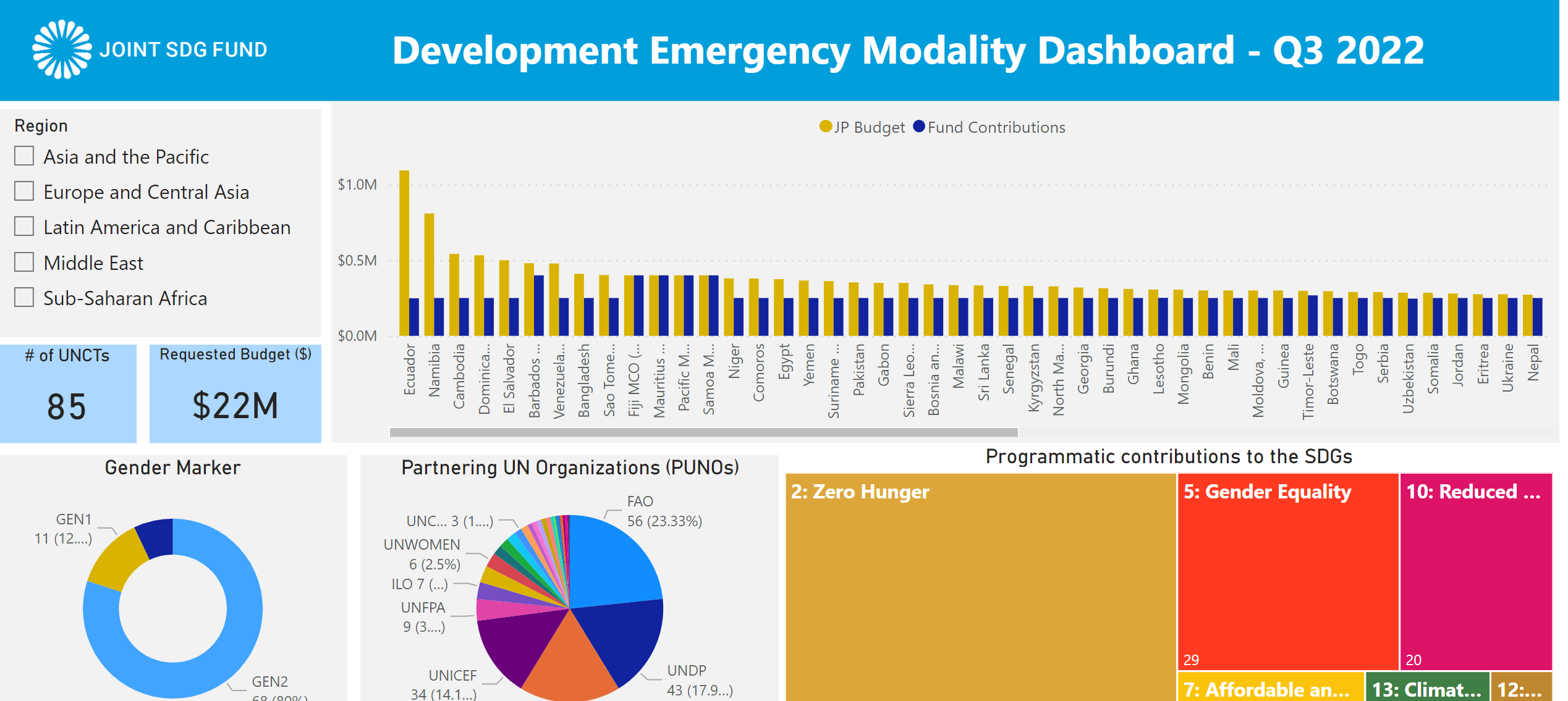
The DEM programmes are implemented by 25 UN entities with FAO supporting 58 UN country teams followed by UNDP, WFP and UNICEF. The Fund has also engaged new UN entities including IFAD, UNU-WIDER and UNV.
The SDG Targets are also directly addressed by the Joint Programme. As of October 2022, the UNCTs are covering most areas of the SDGs but the ones they gave most focus are SDG 2: Zero Hunger with 69 UNCTs focusing on this, followed by SDG 1: No Poverty with 40 UNCTs and SDG 17: Partnerships for the Goals with 34 UNCTs.
According to the recent data from the surveys, 87% of Joint Programmes are contributing to gender equality, with a significant portion (GEN 2) contributing significantly to gender equality and (GEN 3) principally contributing to gender equality.
In terms of areas of intervention, a significant percentage (70%) of Joint Programmes are focused on data collection/analytics. Other areas of intervention include analysis and forecasting, helping devise a comprehensive preventive package of response measures and testing/catalyzing new policies and financing solutions and programmes
The dashboard includes a snapshot of the progress made by joint programmes in the UNCT, as well as information on the linkages to the UN Sustainable Development Cooperation Frameworks and sustainability plans on how to sustain and scale the progress made by the joint programme after the completion of the programme.
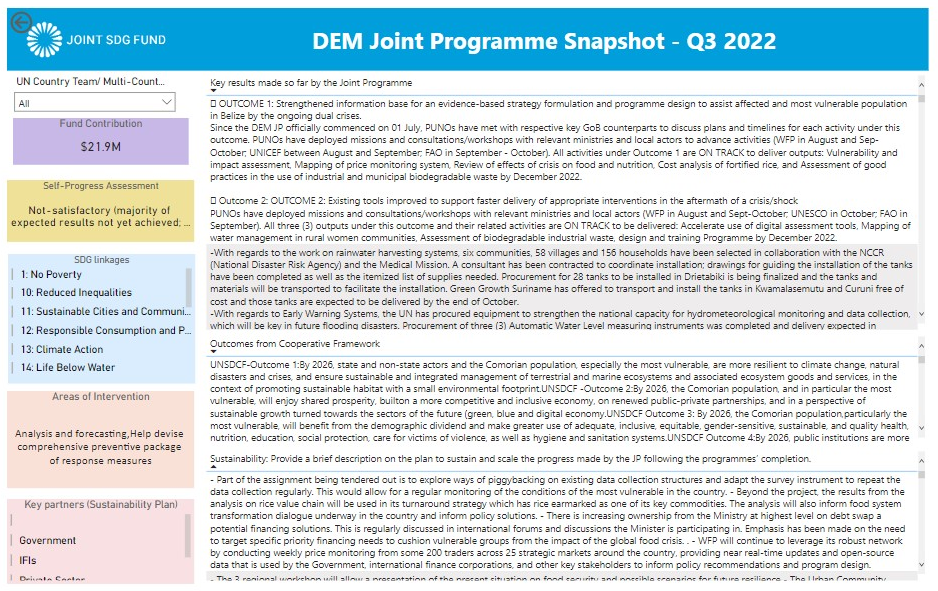
Through the Joint DEM programmes there has been some progress made in some UNCTs, the UN is working in a number of countries to connect and strengthen local food systems and schools, providing reliable and healthy nutrition for children while also supporting the capacities of local agricultural food systems, particularly small-scale farmers. This includes initiatives in Burkina Faso, Mongolia, Namibia, and Tunisia. In Sierra Leone, the UN is partnering with local agribusinesses, smallholder farmers, and insurance companies to develop micro-insurance products for underbanked small farmers working with cooperatives, women's groups, producer associations, and faith-based organizations. In Mali and Timor-Leste, the UN is implementing innovative grants to increase access to finance and clean energy for vulnerable communities on mini-grids and for women entrepreneurs in the informal sector through new public-private partnerships.
In order to sustain and scale the progress made by the joint programme after completion of the programme, there are sustainability plans put in place as in Ukraine, there are plans to remove existing barriers such as a tax on emissions in the energy industry and this will be the basis for a decade of development in the industry. In El Salvador, a multi-sectoral technical-political mechanism has been developed for dialogue to be able to collect data which allows for analysis of the magnitude of acute food insecurity and a work plan will be developed to guarantee the performance of this product
In conclusion, the Joint SDG Fund's Development Emergency Modality has provided critical support to 85 UN country teams in response to the global crisis of the conflict in Ukraine. Through these programs, the UN is addressing a range of SDGs and working to strengthen local food systems, provide reliable nutrition for children, and support small-scale farmers in various countries. The Fund has engaged a wide range of UN entities in the implementation of these programs, with a focus on data collection and analysis, policy development, and financing solutions. The recent snap survey and the data presented in the DEM dashboard demonstrate the progress made and the impact of these efforts and provide insights for ongoing improvement.

